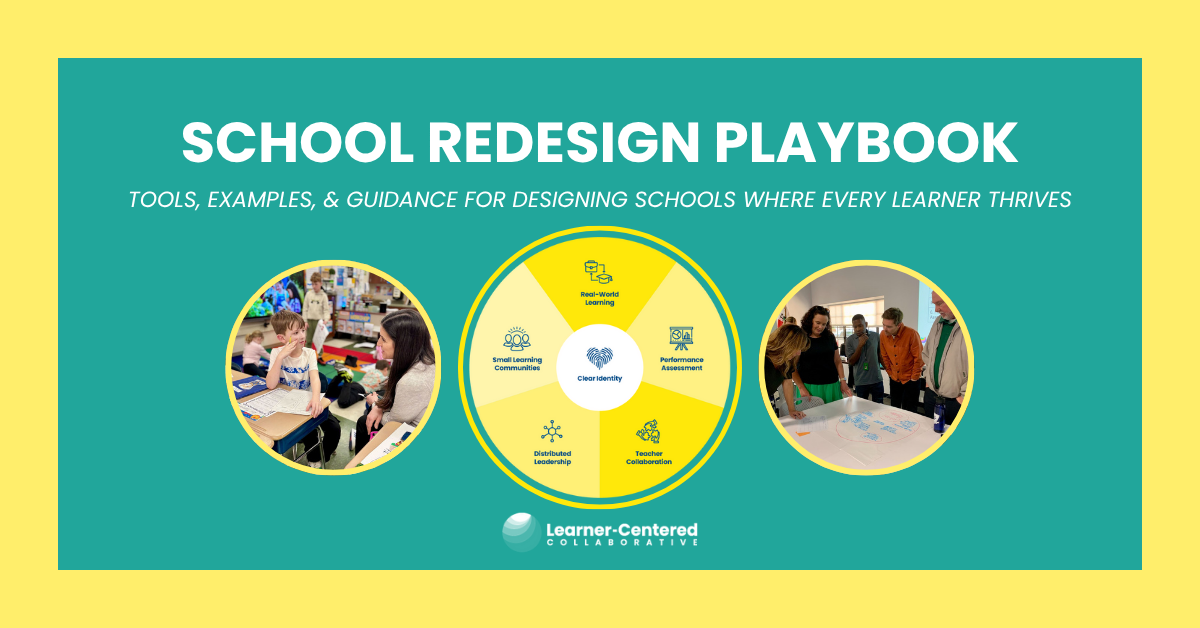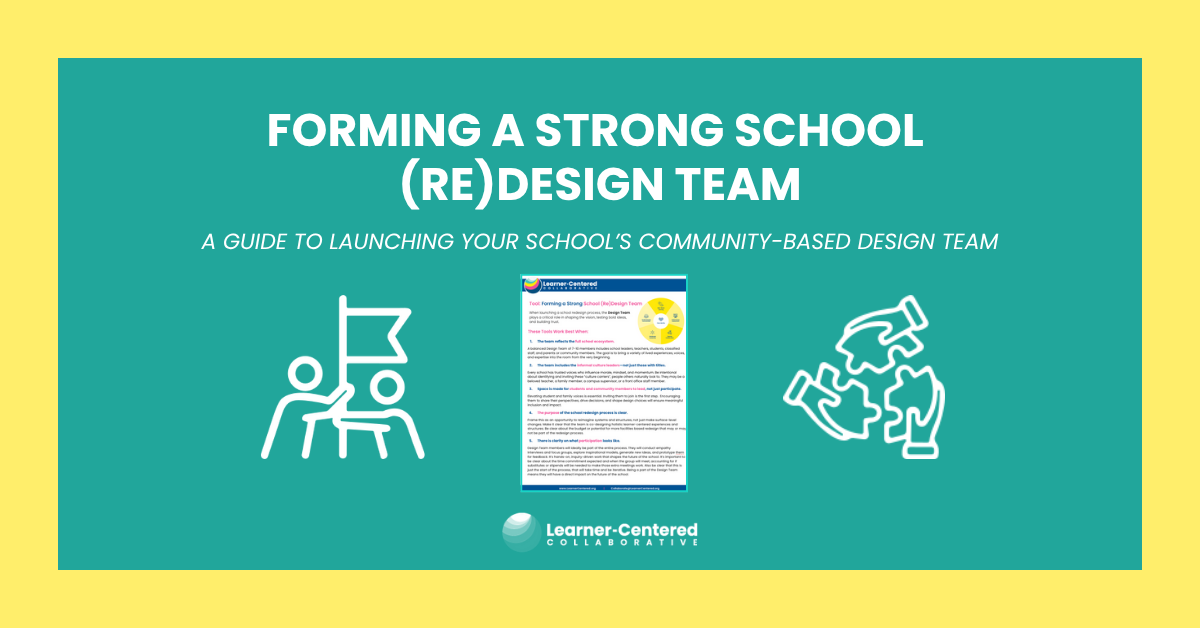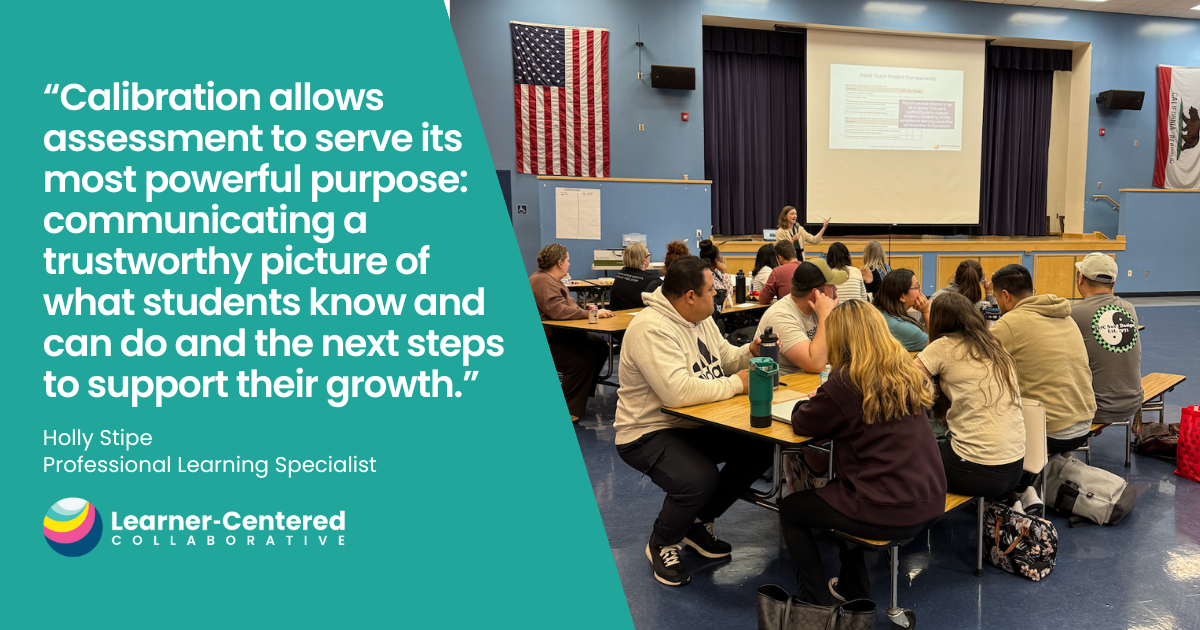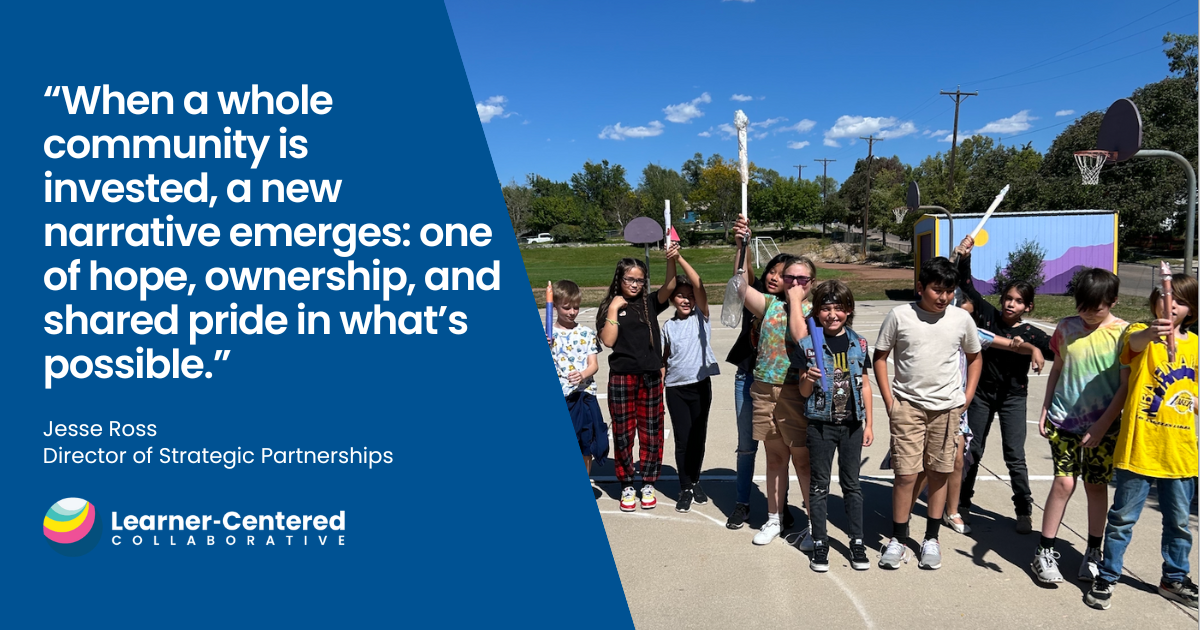Lessons From a Principal: What it Takes to Build a School Where Students Drive Their Own Learning
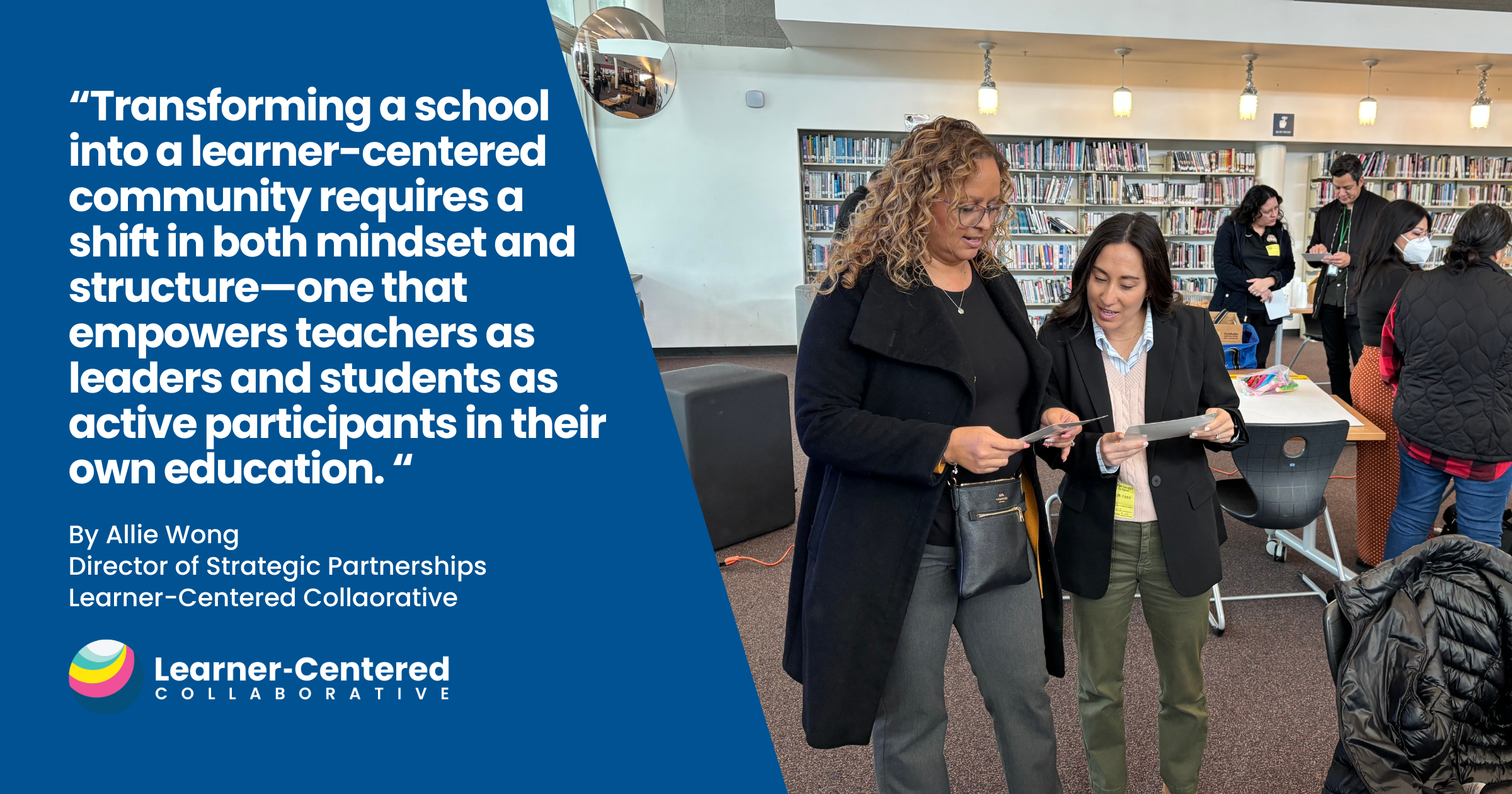
Creating a school where students take ownership of their learning is a transformative journey that requires vision, commitment, and a willingness to rethink traditional structures. For students to truly be the leaders of their own learning in the classroom, schools must first be led by empowered teachers. When teachers have autonomy, support, and structures to lead, they create conditions for students to take charge of their education.
As a former principal of High Tech Elementary, I know firsthand how difficult (and even a little scary) it can be to shift power dynamics, trust others to take the lead, and redefine traditional roles. It takes intentional effort and mindset shifts. But when schools invest in teacher leadership, they lay the foundation for a learning environment where students thrive as independent, engaged learners.
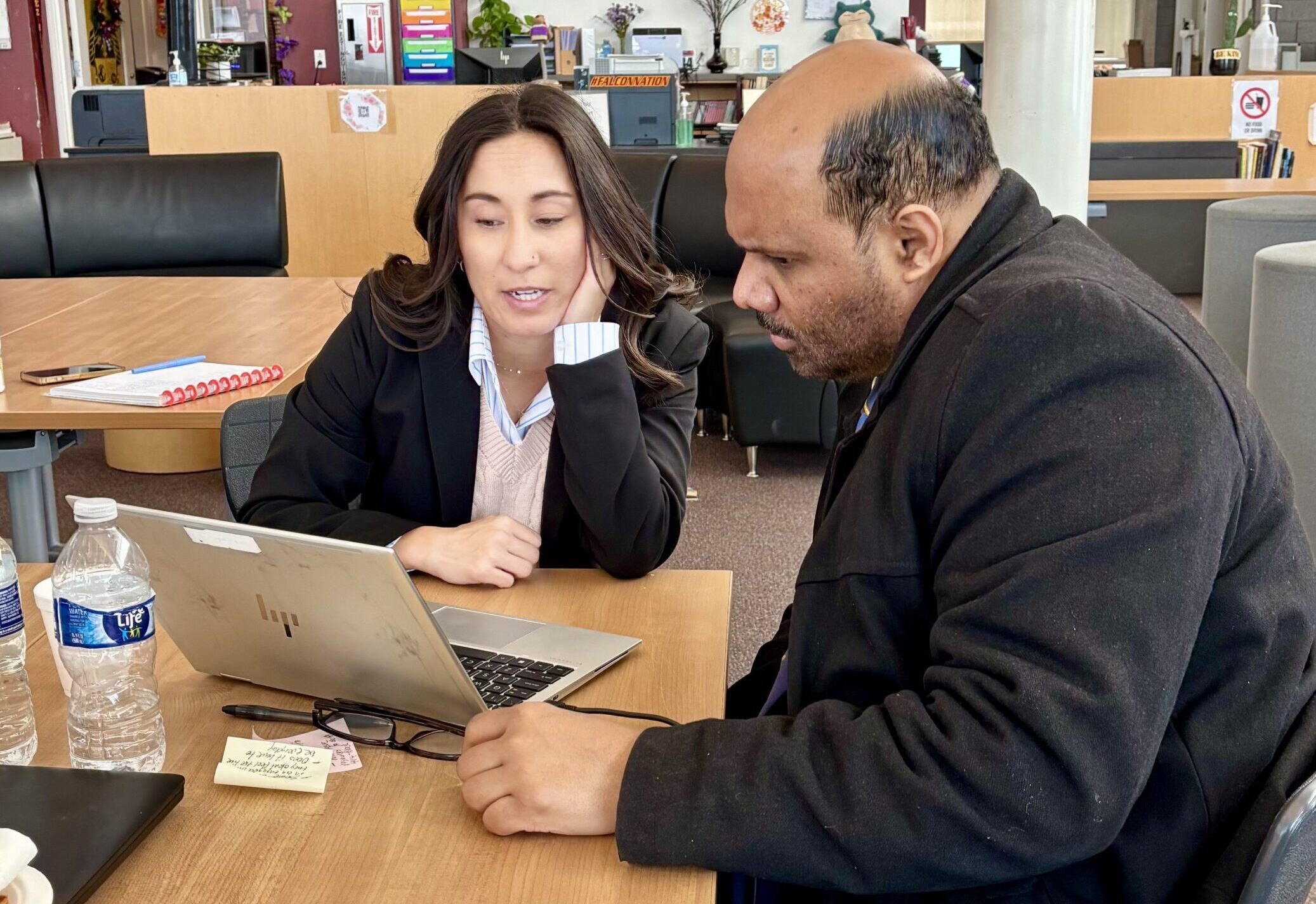
Here are four key strategies, based on my own experience, to help transform schools into learner-centered communities.
1. Cultivate a Mindset of Teacher Leadership
To ensure shared decision-making structures were empowering rather than performative, we designed leadership structures with teacher input. Embracing distributed leadership, we established several different teacher-led committees that played an active role in school decision-making. This process ensured teacher buy-in and ownership, making the implementation smoother and more effective.
While participation was voluntary, I worked behind the scenes to ensure that each committee had a diverse range of experiences and perspectives to enrich discussions and outcomes.
Some examples of committees were:
- Events Committee: Planned school-wide events to honor holidays, heritage months, and family engagement initiatives
- Professional Learning Committee: Designed staff meetings and professional development based on teacher input
- School Schedule Committee: Evaluated and improved the school schedule
- Curriculum Committee: Collaborated on curriculum decisions
By embracing distributed leadership, one of Learner-Centered Collaborative’s six school design elements, I empowered teachers to design and implement learner-centered strategies, modeling leadership and agency for students.
When teachers see themselves as leaders and decision-makers, they naturally cultivate the same mindset in their students, creating a culture of shared ownership, responsibility, and growth throughout the school community.
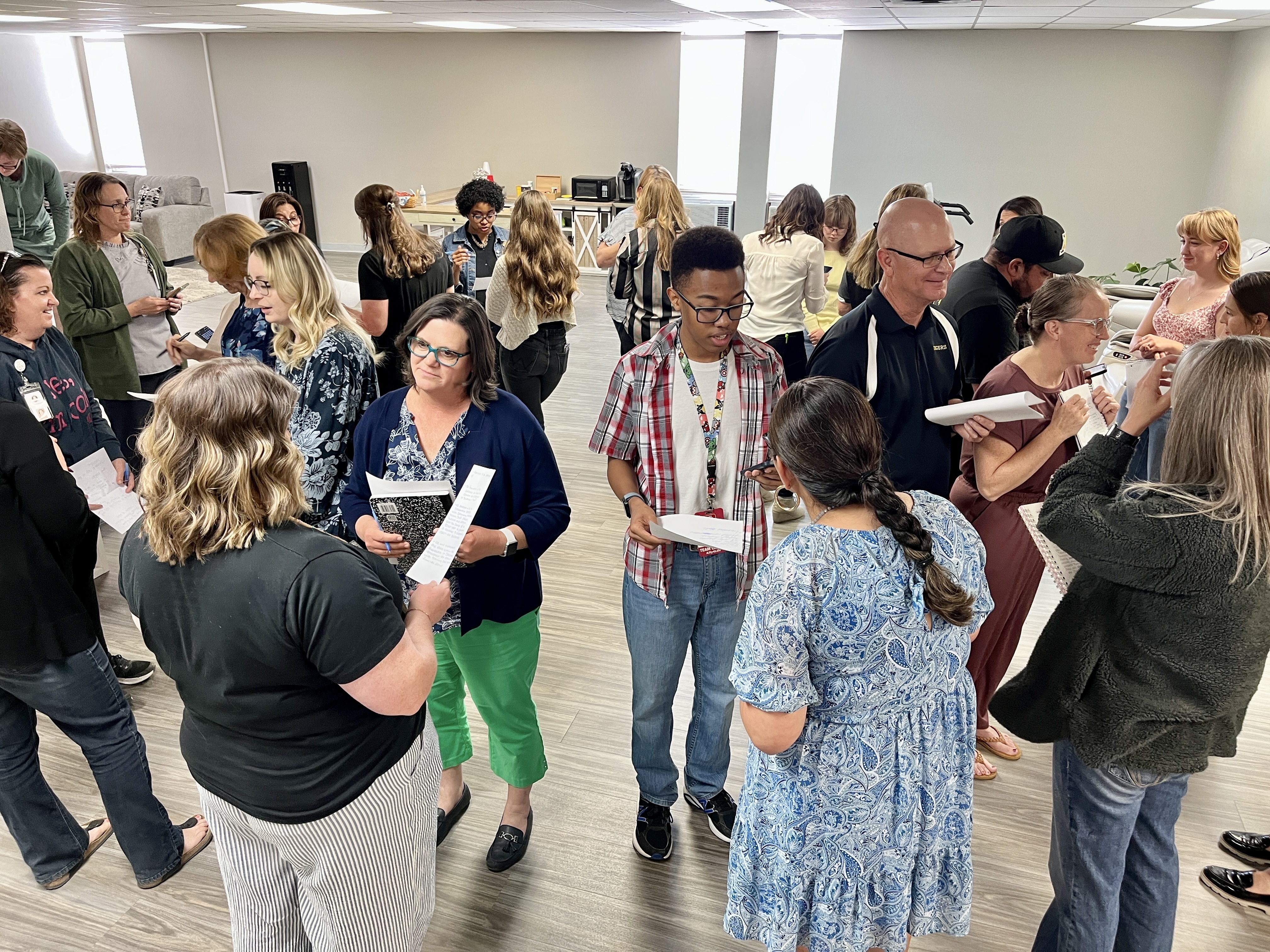
2. Shift from Compliance to Curiosity
At the end of each school year, I gathered teacher feedback about their strengths and areas for growth. This data was used to shape the professional learning calendar for the year, ensuring that professional development was meaningful and responsive to teacher needs.
Leveraging the principles of both Improvement Science and lesson studies, faculty engaged in Improvement Groups that utilized Plan-Do-Study-Act (PDSA) cycles: a structured approach to testing and improving instructional strategies. We dedicated two days minimum per month to professional learning—one for reflecting on previous PDSA cycles and another for collaborative planning.
Monthly, teachers engaged in classroom instructional rounds, observing and learning from each other in real time. To make this possible, I strategically leveraged my admin team, including myself, classified staff, and substitute teachers to provide classroom coverage.
This process exemplifies teacher collaboration, another of our six school design elements. Through improvement groups, teachers engaged in the same inquiry-driven learning we sought to cultivate in students.
By shifting the focus from perfection to exploration and experimentation, teachers felt empowered to take risks in the classroom, leading to deeper, more meaningful learning experiences for students. When teachers are given choice in what they learn, how they learn it and how they implement it, they experience firsthand the power of learner-centered education, making them more likely to replicate those practices in their classrooms.
3. Make Assessment Meaningful and Growth Oriented for All
For assessments to be meaningful, they have to be useful for the learner, timely and reflective. While our school already had systems for holistic assessment of whole learner outcomes, including Student Led Conferences, Portfolios and Personal Learning Plans, we lacked a system for teacher coaching, evaluation and development.
I collected teacher feedback on areas for coaching and set individualized goals with them. To prioritize classroom visits despite administrative demands, I blocked an hour daily for observations. Each day, I visited six classrooms for ten minutes, leaving immediate feedback in three sections: praise, questions, and areas for growth.

Focusing on the same six classrooms for a week allowed me to observe the progression of units or projects and gain insights into the classroom’s culture and instructional approach. At the end of the week, I highlighted celebrations from each classroom in my weekly email, fostering recognition and the spread of best practices.
By implementing this system, I was able to provide meaningful, real-time feedback, strengthen relationships with teachers, and reinforce a culture of growth and continuous improvement throughout the school. As a result, teachers not only welcomed feedback but actively sought it, recognizing its value in improving learning in their classrooms.
4. Prioritize Well-Being For Teachers and Students
When asking teachers (and students) to take on leadership roles, we must prioritize well-being. Recognizing this, I worked to embed Social-Emotional Learning (SEL) practices into daily routines; not just for students, but for teachers as well.
In classrooms, teachers facilitated morning meetings, wellness check-ins, restorative circles, and mindfulness breaks. For staff, I ensured that meetings always included time for connection and relationship building. Strong relationships among colleagues make the demanding work of teaching more manageable.
We also introduced the Tap In/Tap Out system, recognizing that emotional regulation is just as important for educators as it is for students. Everyone experiences frustration, whether it is with a student in a power struggle or just the pressures of the day. One of the healthiest responses is to step back and take a break, just as we teach students to do.
Traditionally, teachers cannot just take a break when they need space to calm down, because they are responsible for a classroom full of children. Under our new structure, when a teacher needed a moment to reset, they could text a designated group chat and an available colleague, admin, or support staff would step in to cover their class for 10–15 minutes. By normalizing this practice, we reinforced that self-care enables effective teaching and student support.
By fostering a culture of care and mutual support, we ensured that both teachers and students had the tools and space to navigate challenges, build meaningful relationships, and engage deeply in learning.
When Teachers Lead, Learners Thrive
Transforming a school into a learner-centered community requires a shift in both mindset and structure—one that empowers teachers as leaders and students as active participants in their own education. By cultivating teacher leadership, fostering curiosity over compliance, making assessment meaningful, and prioritizing well-being, we create the conditions for authentic learning and shared ownership.
At Learner-Centered Collaborative, we prioritize building educator and leader capacity through Innovation Cohorts and Leadership Academies. We also support distributed leadership models through Design Teams, where cross-functional groups come together to implement school or district-wide change. Interested in working with us? Reach out at: collaborate@learnercentered.org
